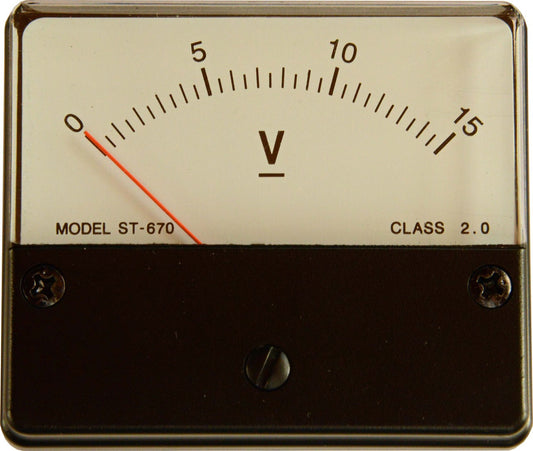We're preparing to launch a major free upgrade to our two main DACs, DirectStream and DirectStream Junior. Called Torreys, the new operating systems have many new improvements including making them Roon Ready. Exciting stuff.
If you own DirectStream we're looking for beta testers to try out Torreys and let us know what you think. Just reply to this email if you have a DirectStream and are interested. We only have a few slots open. We'll have a general release soon, so if you miss the beta test, don't fret. We'll follow up with the same when we're ready for DirectStream Junior's release of Torreys.
One of the challenges releasing new firmware are the many version that must be auditioned before release. Each version sounds somewhat different and we must choose from among twenty such versions. It's a slow, challenging process.
One of the hardest parts of the auditions is deciding what's actually best. It's rarely a clear choice.
The DAC's designer, Ted Smith, has successfully lowered the noise floor and the jitter, and not by a small amount. These improvements have major sonic advantages, though in combination with all the other changes we've implemented, the sound can be a mixed bag.
Yesterday's audition illustrates what the challenges are. On first listen, relative to the current firmware, Yale, Torres presented itself as immediately more articulate with better, tighter bass, more open soundstage. Yet, there was something missing. The bloom of plucked stringed instruments had been traded for the increase in articulation.
The very next version we tried kept the articulation, but had the bloom return, at the expense of soundstage depth. The one after that had greater emphasis on the piano's pedals, huge presence in the voice, but lacked body in stringed instruments. And there are 18 more versions to wade through.
Which is more correct? Which set of attributes and shortcomings are what we want to live with?
In matters of taste the choices can be tough, but the tasting always worth the effort.








